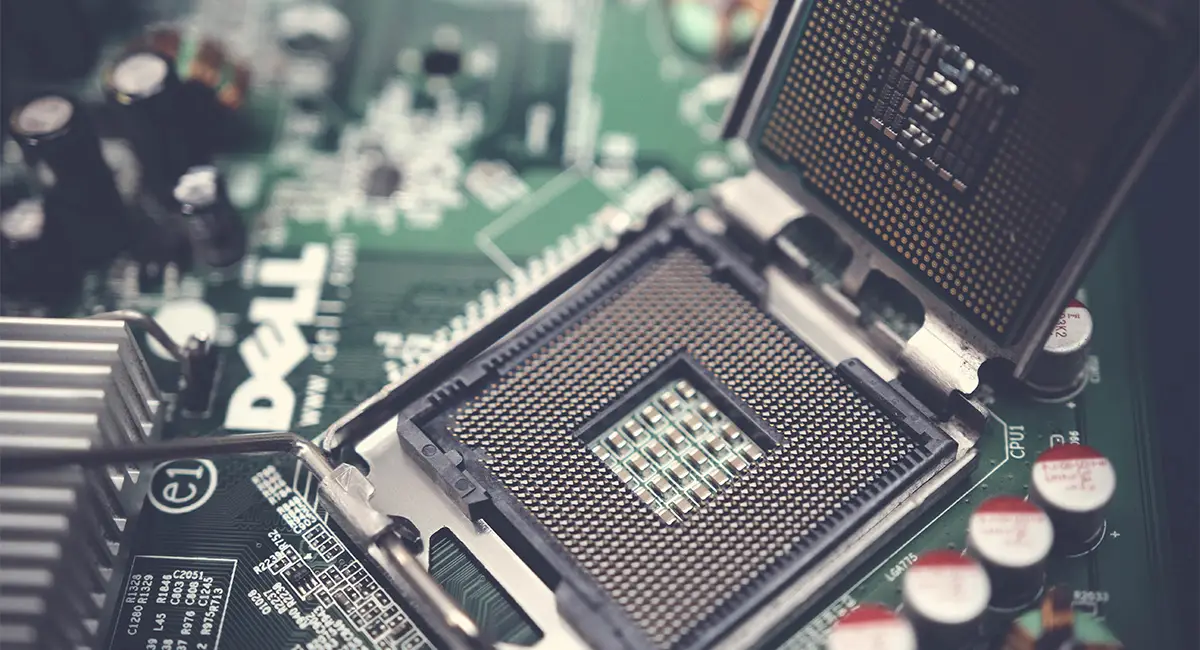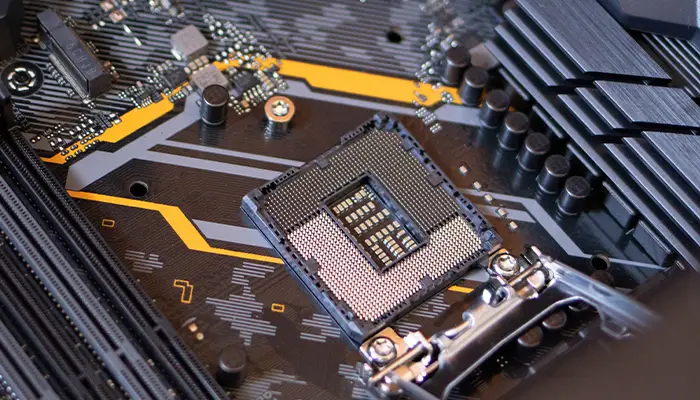DeFi Asset Tokenization - PerfectionGeeks
DeFi Asset Tokenization: Unlocking New Possibilities
March 15, 2023 04:20 PM
DeFi Asset Tokenization - PerfectionGeeks
March 15, 2023 04:20 PM

Defi can revolutionize the financial industry by making financial benefits more accessible, transparent, and secure. It has the potential to democratize admission to financial services, especially in areas where traditional economic organizations are scarce or unreliable. On the other hand, the global tokenization market value is expected to increase from $1.9 billion in 2020 to $4.85 billion by 2025, at a CAGR of 19.5%. This means that the global tokenization market is rapidly expanding and shows no signs of stopping. But what does tokenization in the crypto world suggest?
Tokenization is the method of defining a real-world asset using a digital token on the blockchain. In the context of Defi, tokenization can guide the design of digital tokens that represent assets like commodities, real estate, or even art. These tokens can then be sold by decentralized businesses, allowing for more efficient and transparent buying and selling of the underlying assets. Tokenization can also allow the design of new types of financial tools, such as stablecoins (digital tokens pegged to the value of real-world assets, like the US dollar), to deliver a stable store of value. This allows the use of crypto currencies in more mainstream financial applications, such as the payment of statements and making investments.
Blockchain stands to revolutionize the economic world by allowing support to be turned into tokens and traded on crypto trading platforms. Besides delivering exclusive ownership, it enables the democratization and inclusion of historically illiquid assets to set fairer markets. Everything can be tokenized through a distributed ledger, regardless of whether it is images, digital media platforms, real-estate properties, company shares, or collectibles. Now, to support tokenization, an issuer makes digital and physical tokens against some assets. Blockchain guarantees that your request for an asset is immutable after you have purchased its tokens.
Suppose you own a property in New York worth $500,000. Asset tokenization could make this property's ownership fractionalized, making it more affordable by changing it into 500,000 tokens. Let's assume you require $50,000 in loans. Marketing the property would not make financial sense because you still require money. Instead, you issue tokens on a publicly distributed ledger such as Hedera Hashgraph, allowing anyone to purchase or trade them on different exchanges. A token allows someone to buy ownership of the asset. To become a 100% owner of the property, you must purchase 500,000 tokens. As distributed ledger technology is immutable, no one can take away the ownership of an investor who bought tokens or shares in a property.
Two major factors make up a fungible asset:

There is a large difference between traditional digitalization and asset tokenization on the blockchain, primarily due to how they are used. Retail investors and industrial sectors can reap huge advantages from asset tokenization on the blockchain, which gives assets a unique essence. These are just a few of the reasons why asset tokenization is so important.
The first and most significant advantage of asset tokenization on the blockchain is better liquidity. It provides a forum for users to make smart contracts, manage transactions, and provide clarity. Token holders can trade their tokens on the secondary market, so they don't have to worry about redemption or the associated fees. This allows anyone with a significant net worth to trade and invest in personal company securities. Tokenization allows agents and individuals to contribute to the creation of a global market for personal securities trading and investing.
Smart contracts are quite helpful in automating the tokenization procedure. They eliminate the requirement for mediators and reduce the costs involved. This also eliminates the requirement for extra effort in controlling and regulating the whole process, which enhances overall efficiency.
The tokenization of assets delivers greater transparency for users. They can entrench their rights and obligations and explain the token attributes to reflect the right record. It also lets the user see who they are dealing with, what words and conditions they have to accept, and where their purchase came from. This openness enhances transparency in transactions.
Asset tokenization also delivers greater accessibility for the user. A user can also use asset tokenization to convert a part of an asset into as many tokens as possible. Asset tokenization allows potential investors to own the minimum share in different investments. This lets any retail investor, financial institution, or company join the asset management field with enough flexibility in terms of investment amount and duration.
DeFi asset tokenization is the next big phase in the evolution of securitization, made possible by blockchain technology. Distributed ledgers authorize unprecedented transparency, transactional efficiency, and hazard management. It can also liquidate previously unavailable asset classes, thereby significantly improving financial involvement and communication efficiency in these markets. We can hope to see more innovative and value-creating tokenization apps in the future, particularly for earlier, unavailable assets or assets known only to a small number of investors.
It allows users to easily obtain a loan with their cryptocurrency as collateral from someone else in an investor pool. The whole process takes place on a Defi platform, run via smart contracts, without any intermediaries.
Defi eliminates the fees that banks and other financial companies charge for using their services. Individuals hold money in a secure digital wallet and can transfer funds in minutes, and anyone with an internet connection can use Defi.
Like all software, Defi-Protocols have two main software risks: coding errors, or "bugs," that may cause the software to malfunction, and security vulnerabilities that allow thieves, or "hackers," to break in and steal funds from the protocol.
The general idea is to decentralize financial activities and bring financial control to individuals. Defi has been reshaping the financial world, so many analysts and participants in the financial space consider the network to be the future.
Strategy
Design
Blockchain Solution
Development
Launching
Testing
Maintenance
Contact US!

Plot 378-379, Udyog Vihar Phase 4 Rd, near nokia building, Electronic City, Phase IV, Sector 19, Gurugram, Haryana 122015
Copyright © 2025 PerfectionGeeks Technologies | All Rights Reserved | Policy
Contact US!

Plot 378-379, Udyog Vihar Phase 4 Rd, near nokia building, Electronic City, Phase IV, Sector 19, Gurugram, Haryana 122015
Copyright © 2025 PerfectionGeeks Technologies | All Rights Reserved | Policy